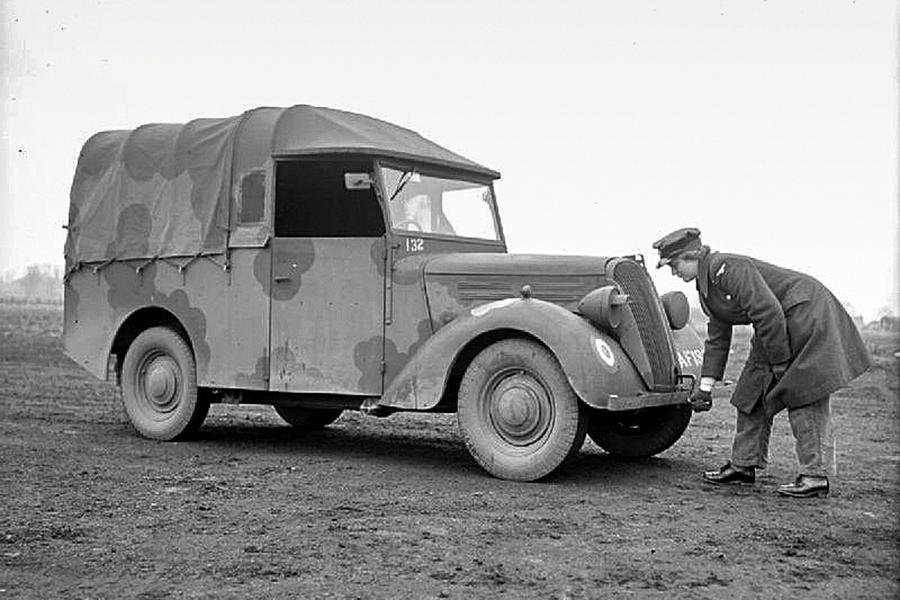“On 8 May 1945, after five years and eight months of bloody strife, peace came to Europe,” we rejoiced.
“It is a time for thankfulness; for congratulation upon magnificent achievements which no one can yet see in full perspective; for celebration – and for looking forward.
“The shackles cannot be cast off overnight, but there is a great comfort to be obtained from the reflection that conditions must now improve, as every day and week passes, towards a life in which families are reunited and amenities are restored.
“New car production for priority purchase has passed the talking stage and petrol coupon books have been prepared. Restrictions on motoring will remain for some time, but their days are numbered.
“The part played in bringing us to VE Day by the products of the motor industry must never be forgotten. This country as a whole was not motor-minded up to the outbreak of war, and it suffered in consequence. The lesson and its moral for encouragement in place of the former restrictive atmosphere forced upon motoring and road matters should have been learned for all time.”
Civilian futures for tillies?
As the military’s need for equipment suddenly diminished vastly, some 18,000 ‘civilian type’ vehicles were returned to the motor industry for ‘disposal’. These light utility trucks, known affectionately as tillies, were based on pre-war mid-size saloons produced by Austin, Hillman, Morris and Standard. We predicted them becoming popular for all manner of rural affairs, but very few survived.
Real-world Scalextric
Even 77 years ago, electric cars’ benefits were blindingly obvious – but so was their main flaw. Soviet engineer Georgi Babat’s proposed solution was the Vechemobile, which would be recharged on the move. Its battery would be filled by a chassis-mounted coil taking electricity from coils sitting in a conduit in the road, themselves fed by the national grid.
Notícias Relacionadas

